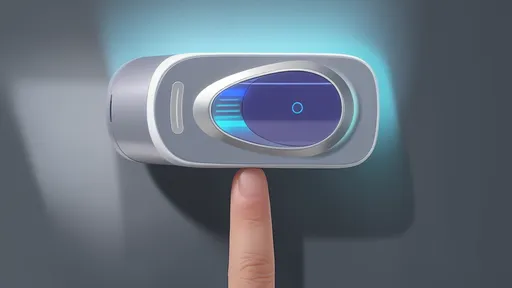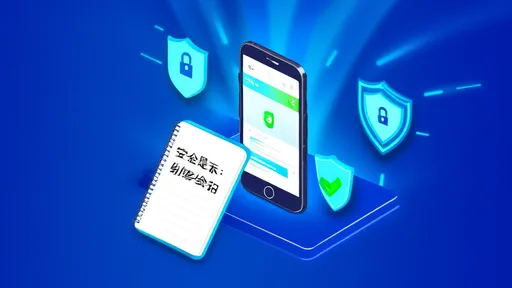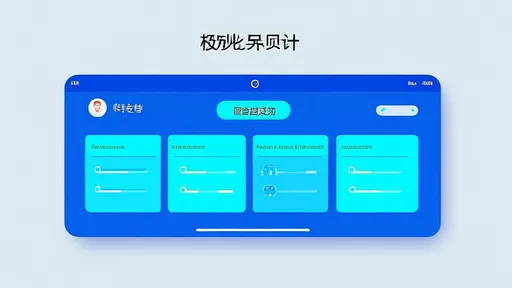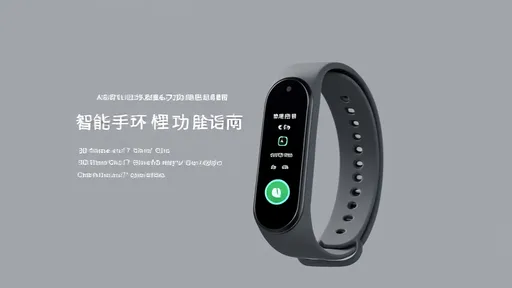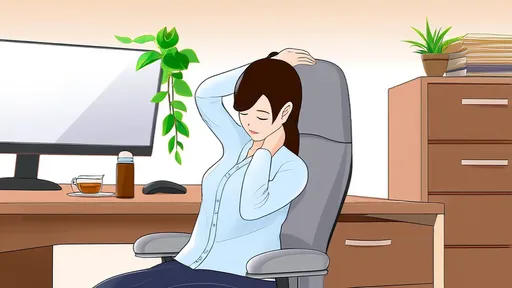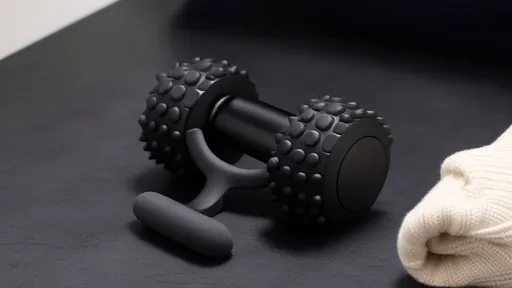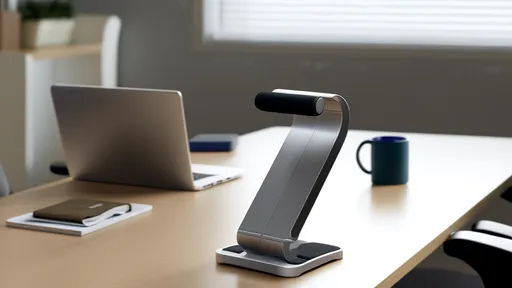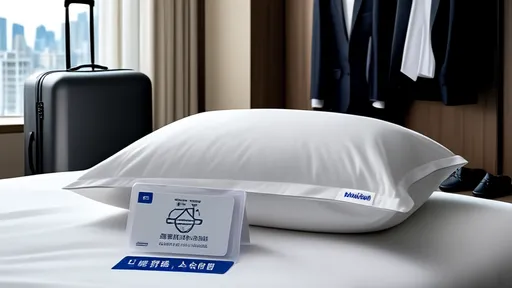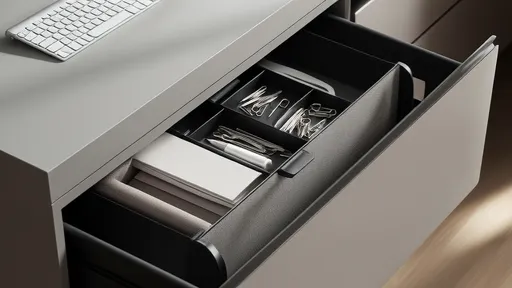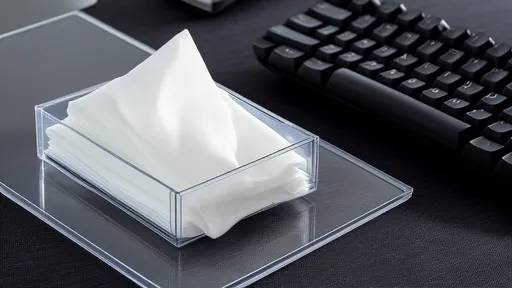Pulse oximeters have become indispensable tools in modern healthcare, particularly in monitoring oxygen saturation levels non-invasively. However, one common challenge users face is nail interference, which can skew readings and lead to inaccurate results. Understanding how to mitigate this issue is crucial for both medical professionals and individuals relying on these devices for health monitoring.
The science behind pulse oximetry involves measuring the absorption of light as it passes through blood vessels. Typically, the device emits red and infrared light through a fingertip, detecting how much light is absorbed by oxygenated versus deoxygenated blood. When nail polish, artificial nails, or even natural nail discoloration is present, it can disrupt this light transmission, leading to unreliable data. This interference is not merely cosmetic; it can have real implications for patient care.
Research has shown that dark-colored nail polishes, such as black, blue, or purple, are particularly problematic. These pigments absorb light at wavelengths similar to those used by the oximeter, effectively "blocking" the signal. Even clear polish or acrylic nails can create a barrier that diffuses light, though to a lesser extent. For individuals who regularly wear nail enhancements, this poses a persistent challenge in obtaining accurate SpO2 readings.
One practical solution is to simply remove nail polish before using a pulse oximeter. While this may seem obvious, many users overlook it, especially in urgent situations. For those who cannot or prefer not to remove polish, rotating the probe to the side of the finger where the nail is thinner can sometimes improve accuracy. Another approach is to use an alternate site, such as the earlobe, which is less likely to be affected by nail-related interference.
Medical-grade pulse oximeters often come with features designed to compensate for minor interference. These devices may use advanced algorithms to distinguish between actual blood oxygen signals and noise caused by external factors. However, even high-end models are not foolproof against significant nail barriers. Consumers should be wary of over-relying on these compensations, especially in critical health scenarios.
The temperature of the hands also plays a role in how nail interference manifests. Cold fingers with poor circulation can compound the problem, as the oximeter struggles to detect an adequate pulse signal. Warming the hands before measurement or using a probe with a built-in heater (available in some clinical models) can enhance signal quality. This is particularly relevant for elderly patients or those with circulatory issues.
In clinical settings, staff are trained to recognize potential interference sources, including nail artifacts. They might use alternative monitoring sites or different devices when standard fingertip readings seem questionable. At home, users should develop similar awareness, looking for consistent readings rather than isolated measurements. If doubts persist about a reading's accuracy due to nail conditions, consulting a healthcare provider for verification is always advisable.
Emerging technologies promise to reduce nail-related inaccuracies. Some newer oximeter designs use multiple wavelengths of light or different sensor placements to circumvent nail barriers. While not yet mainstream, these innovations could eventually make the nail interference problem obsolete. Until then, user education remains the most effective tool for ensuring reliable oxygen saturation monitoring.
Beyond cosmetics, certain medical conditions that affect nail integrity can also impact oximeter performance. Fungal infections, psoriasis, or trauma-induced nail thickening all alter light transmission properties. In these cases, the interference isn't something that can be simply wiped away. Patients with chronic nail conditions should discuss alternative monitoring methods with their physicians to ensure proper oxygen level tracking.
The consequences of ignoring nail interference can range from unnecessary anxiety over false low readings to dangerous oversight of actual oxygen desaturation. Particularly for patients with respiratory conditions who depend on accurate home monitoring, establishing a proper measurement routine that accounts for potential nail interference is essential. This includes taking multiple readings at different times and under various conditions to establish trends rather than focusing on single data points.
Manufacturers continue to refine their products to address these challenges, but the physics of light absorption through biological tissues presents inherent limitations. As pulse oximetry remains a vital tool in both hospital and home settings, understanding and working around nail interference becomes part of responsible device usage. The solution lies not in any single fix, but in a combination of user awareness, proper technique, and technological advancement.
Pulse oximeters have become indispensable tools in modern healthcare, particularly in monitoring oxygen saturation levels non-invasively. However, one common challenge users face is nail interference, which can skew readings and lead to inaccurate results. Understanding how to mitigate this issue is crucial for both medical professionals and individuals relying on these devices for health monitoring.
The pharmaceutical industry has undergone significant transformations in recent years, with one of the most notable advancements being the implementation of drug traceability systems. These systems, often centered around unique identification codes known as drug traceability codes, have become a cornerstone in ensuring the safety, authenticity, and transparency of pharmaceutical products. The ability to track a drug's journey from manufacturing to consumption has not only bolstered consumer confidence but also streamlined regulatory compliance and supply chain management.
The rise of digital healthcare credentials has brought unprecedented convenience to patients worldwide, but it has also opened new avenues for fraudsters. Electronic medical insurance certificates, designed to streamline access to healthcare services, have become a prime target for sophisticated cybercriminals. This phenomenon isn't isolated to any particular region—from Beijing to Boston, healthcare systems are witnessing an alarming increase in digital credential theft.
The rise of telemedicine has transformed how patients access healthcare, with online consultations becoming increasingly common. One critical aspect of virtual visits that often goes overlooked is the quality of medical photos patients submit. Clear, well-composed images can make the difference between an accurate remote diagnosis and unnecessary follow-up appointments. As patients take more responsibility for documenting their health concerns through photography, mastering a few fundamental techniques becomes essential.
The growing reliance on health apps has brought privacy and security concerns to the forefront. As these applications collect sensitive data—ranging from heart rate and sleep patterns to medical history and GPS locations—users and regulators alike are questioning how this information is managed. The permissions granted to health apps often determine the extent of data access, making it crucial to establish robust strategies for permission management.
In today’s fast-paced world, many of us find ourselves glued to our desks for hours on end, often losing track of time until stiffness or discomfort sets in. Sedentary behavior has become a silent health hazard, linked to a range of issues from poor posture to increased risk of chronic diseases. Fortunately, wearable technology like fitness bands has stepped in to combat this modern-day problem. One of the most valuable features these devices offer is the sedentary reminder—a gentle nudge to get up and move. But simply enabling the feature isn’t enough; understanding how to optimize its settings can make the difference between a helpful tool and an ignored alert.
The modern pace of life has made fast food an unavoidable part of our dietary landscape. While nutritionists consistently warn about the health consequences of regular fast food consumption, the reality is that most people will find themselves eating these convenient meals more often than they'd like to admit. Rather than moralizing about avoidance, a more practical approach focuses on mitigation - how to nutritionally rescue your body after fast food consumption.
In our screen-dominated world, eye fatigue has become an epidemic. The constant glare from digital devices leaves millions rubbing their temples and squinting through blurred vision. While artificial tears and blue light glasses offer temporary relief, traditional Chinese medicine presents an intriguing alternative – acupressure for eye strain. This ancient healing art teaches that strategic finger pressure along meridian pathways can dissolve tension, improve circulation, and restore visual clarity without medications.
Air-conditioned rooms provide comfort during hot weather, but they often come with an unintended side effect: dry nasal passages. The constant circulation of cooled air tends to strip moisture from the environment, leaving many people struggling with irritation, congestion, or even nosebleeds. Understanding how to maintain nasal hydration in such conditions is essential for both comfort and health.
For those who spend long hours sitting at a desk or in front of a computer, the struggle with stiff calves and poor circulation is all too real. The modern sedentary lifestyle has given rise to a generation of "desk-bound professionals" who often neglect the importance of movement. Enter the calf massage roller—a simple yet effective tool designed to alleviate tension, improve blood flow, and restore mobility to overworked lower legs.
In today's fast-paced corporate environment, telephone conferences have become an indispensable part of daily work routines. However, the prolonged hours spent hunched over phones or laptops during these virtual meetings have given rise to a silent epidemic: chronic neck and shoulder pain. As awareness grows about the physical toll of our digital work habits, a new category of ergonomic solutions has emerged – the telephone conference neck support brace.
Business travel often comes with its own set of challenges, and one of the most overlooked yet critical aspects is the quality of sleep. Hotels, aware of this, have started paying closer attention to their pillow offerings. The way hotels handle pillows can significantly impact a guest's experience, and many are now adopting innovative approaches to ensure comfort and hygiene.
Afternoon tea is a beloved ritual for many, offering a moment of respite in the midst of a busy day. However, traditional afternoon tea spreads often lean heavily on sugary treats, refined carbohydrates, and calorie-laden snacks. For those seeking a healthier approach without sacrificing flavor or satisfaction, there are plenty of nutritious alternatives that can transform this daily indulgence into a nourishing experience.
The modern workplace can be a breeding ground for stress, and often, the state of our physical surroundings mirrors our mental clutter. Nowhere is this more evident than in the humble desk drawer—a microcosm of chaos for many professionals. The concept of drawer decompression organizing isn’t just about tidying up; it’s a tactile form of self-care that bridges the gap between productivity and mental well-being.
In today’s fast-paced digital world, keyboards have become an essential part of our daily lives. Whether at work, school, or home, we rely on them for communication, productivity, and entertainment. However, what many people overlook is the fact that keyboards can harbor a surprising amount of germs and bacteria. Studies have shown that keyboards can be dirtier than toilet seats, making regular cleaning a necessity. One effective and convenient solution for maintaining keyboard hygiene is the use of disinfecting wipes. These wipes are specially designed to clean and sanitize surfaces without causing damage, making them ideal for electronic devices.
